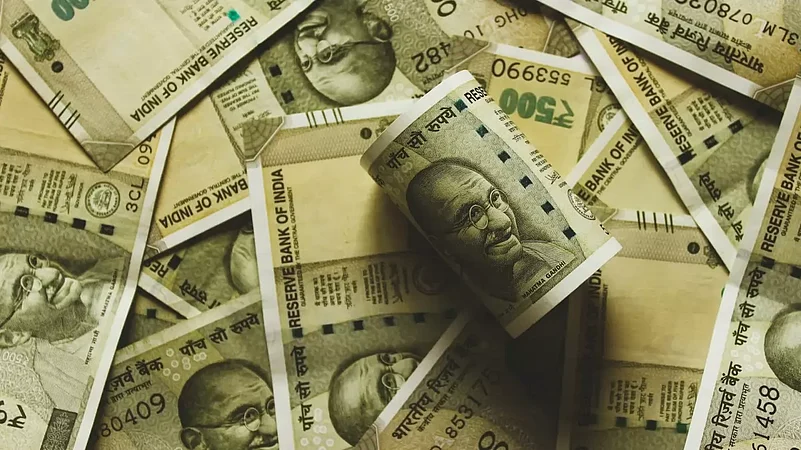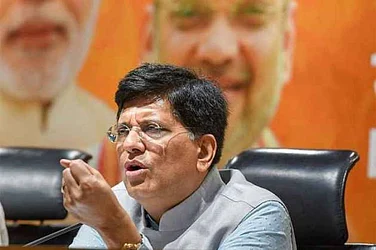Last week, Free Press Journal published a report claiming that Rs 500 currency notes, worth Rs 88,032.5 crore, was missing from the Indian economy. This claim was based on information received under Right to Information (RTI) Act by activist Manoranjan Roy. Although Reserve Bank of India (RBI) had denied the claim without giving much of a clarification, the original report was widely cited by the media. Now, it has come to light that the allegation of missing Rs 500 notes was based on gross misinterpretation of RTI data by Roy.
In response to queries sent by the RTI activist, Currency Note Press (CNP) of Nashik, Bank Note Press (BNP) of Dewas and Bharatiya Reserve Bank Note Mudran Pvt Ltd (BRBNMPL) of Bengaluru had shared details of the number of Rs 500 notes that were printed and supplied to RBI in 2016-17 and subsequent years. By comparing these numbers against those recorded by RBI in its Currency Management chapter of the annual report for 2016-17, Roy had come to the conclusion that out of the 8,810.65 million pieces of the newly designed Rs 500 notes, RBI received only 7,260 million notes. This would have resulted in unaccounted loss of Rs 88,032.5 crore.
Advertisement
In its response to the media report on missing notes, RBI stated that there was an “erroneous interpretation of information collected under Right to Information Act, 2005 from the printing presses”. The central bank also clarified that it maintains proper accounts for the banknotes supplied by the printing presses. However, by failing to clarify the exact nature of misinterpretation, RBI made it easy for circulation of the false claim.
What Actually Happened
The RTI replies given by the various currency printing presses were reviewed by Outlook Business, and it became evident that the RTI activist made an error in judgement when it comes to distinguishing between Rs 500 notes of the old design, and the newly designed Rs 500 notes that were issued post-demonetisation.
Advertisement
While CNP Nashik supplied 1,662 million pieces of Rs 500 notes to RBI in 2016-17, the corresponding numbers for BRBNMPL was 5195.65 million pieces and it was 2,415 million pieces from BNP Dewas.
Importantly, among the responses given by the three currency printing entities, only the one made by BNP Dewas differentiated between Rs 500 notes of old design and Rs 500 notes of new design. Out of the total 2,425 million notes of Rs 500 denomination that was supplied by BNP Dewas to RBI that year, 462 million notes were of the old design, and the remaining 1,953 million notes were of the new design.
The original report on the missing notes, which is now proven to be false, made an incorrect assumption that all the Rs 500 notes supplied by CNP Nashik and BRBNMPL to RBI that year belonged to the new design. This is why there seemed to be an apparent mismatch in the printers’ supply and the RBI accounts for the number of newly designed Rs 500 notes.
Initially, Manoranjan Roy had claimed that the missing notes raised security concerns about Indian economy and its stability. Now that the misinterpetation on his end came to light, the RTI activist refused to comment on the matter.
Advertisement
“RBI should have calculated the breakup between old and new notes and included this in the clarification they provided. Unfortunately, vagueness in their communication allowed the foolish or mischievous report, depending upon the motivations of RTI activist, [to] linger on,” former finance secretary Subhash Chandra Garg tells Outlook Business.
The total output of Rs 500 notes, both old and new design, from the three entities to RBI in 2016-17 amounts to 9,272.65 million pieces. According to RBI’s annual report for 2016-17, the central bank received a total of 9273 million pieces of Rs 500 notes from its suppliers that year. This proves that there was no mismatch in RBI records.















 Just one email a week
Just one email a week